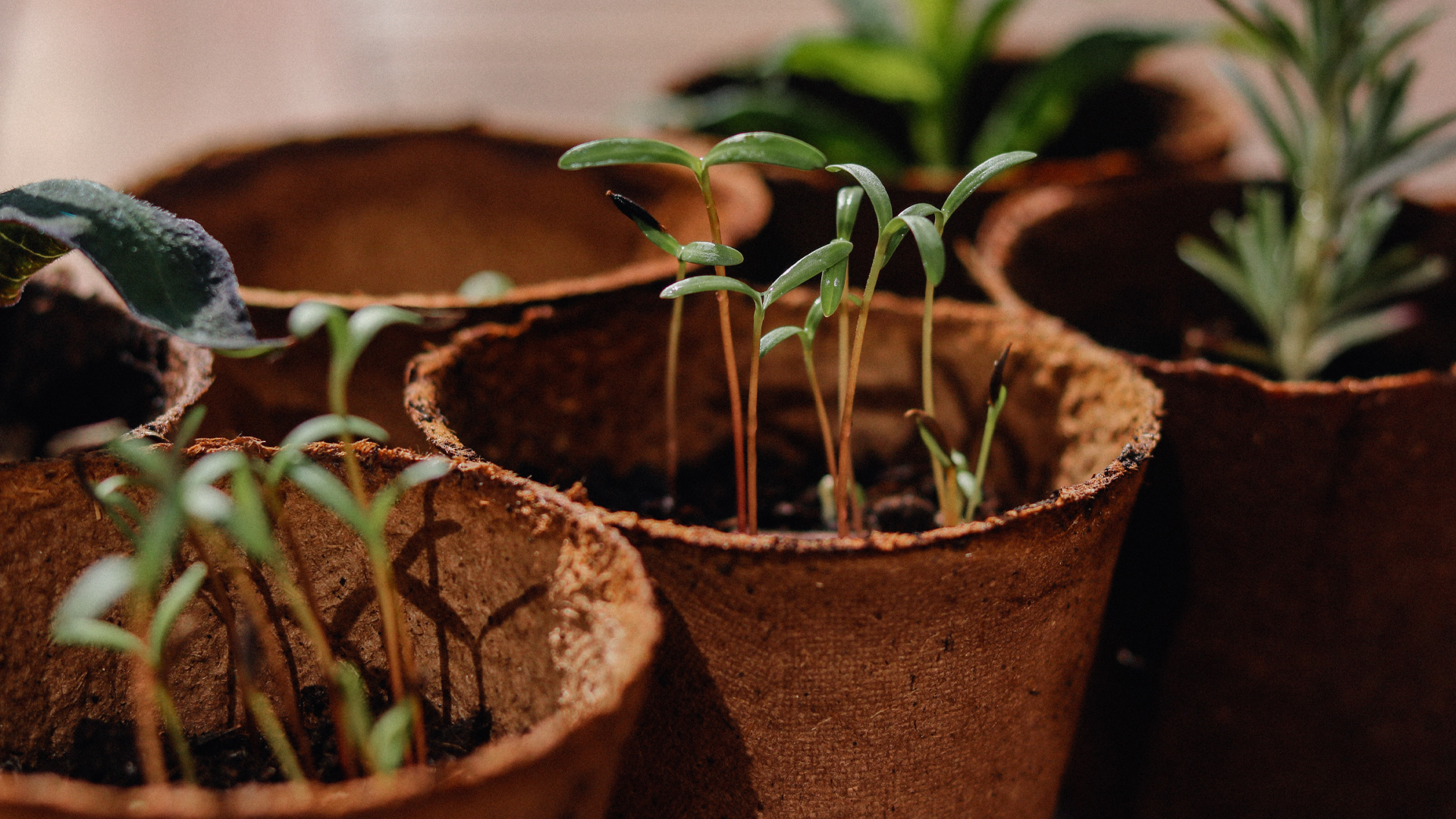Wildflower lawns are changing what we consider to be a traditional ‘garden’, and could have long term effects on our approach to personal nature projects.
Ever heard of a ‘wildflower lawn’?
Those familiar with the ins and outs of gardening may already be in the know, but wildflower lawns could soon become a mainstream staple of the gardening industry.
What exactly are they, though? Grown with mixes of native species, instead of more traditional specially selected garden plants, wildflower lawns started gaining notoriety as an easy form of environmental activism around 2018, pushed by nature conservation groups like the RSPB.
Their aesthetic at that time was a bit out of the mainstream – wildflower lawns are a lot more grown out and less tidy looking than traditional lawns, since the whole point is to just let it be once you’ve planted.
Now with the rise of the cottage-core aesthetic and a new appreciation for the organic and the unpredictable, they’re experiencing a surge in popularity – from celebrity homes to public parks. Prestigious magazines like Architectural Digest sing their praise and exclusive design firms boast their own successful varieties.
And for good reason! Firstly, since native species are already adapted to where you plant them, wildflower lawns take a lot less pruning, water, and effort to maintain. Next, and most importantly, they are great for your local ecosystem.




















